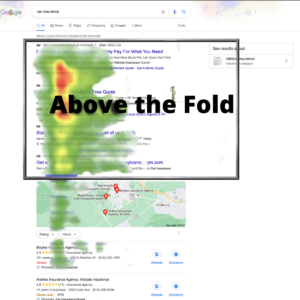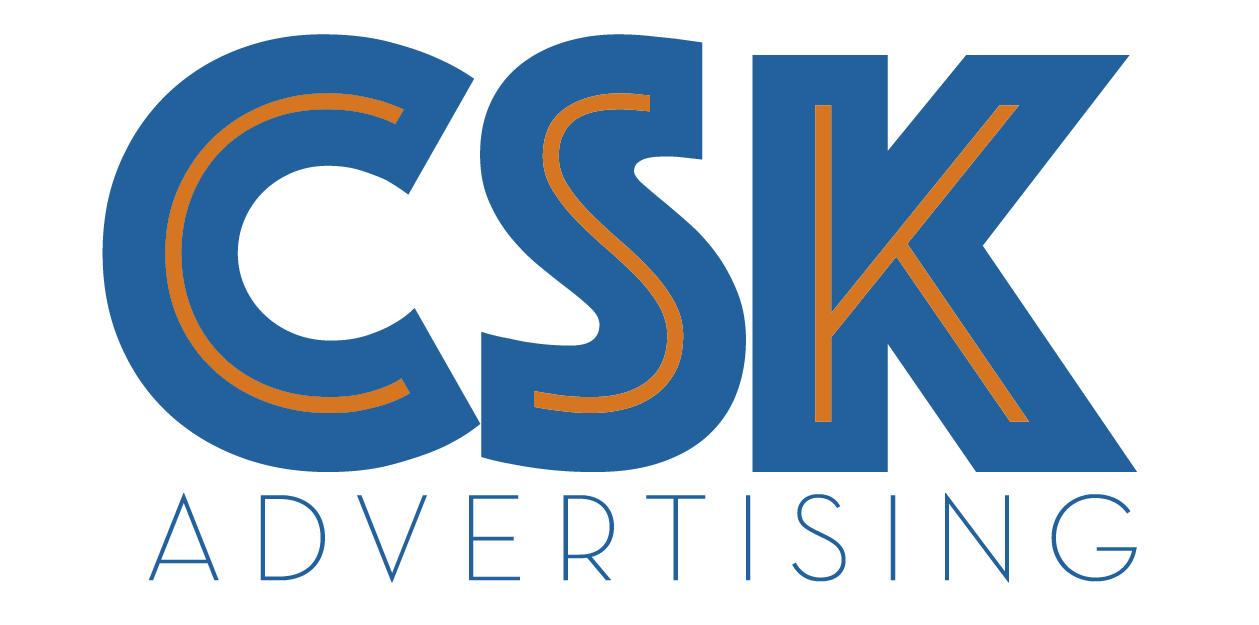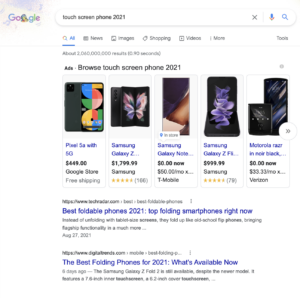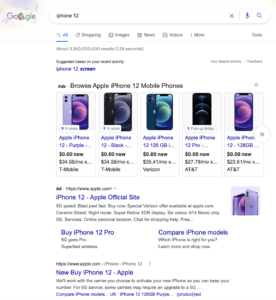08 Sep Branded Search- How to boost your business

Whether it be a small startup or large corporation, every company no matter the size needs to understand and utilize the concept of branded search. Branded search is when a company pays a search engine, such as Google, to run their ad at the top of the search results when a consumer searches specific keywords that relate to their business. This is also done to protect themselves from competitors and to make sure they are driving traffic to the pages that have actions they want visitors to take.
Branded vs. Non-Branded
It is important to first delineate the difference between non-branded/traditional SEO keywords and branded search keywords. Branded search words include the name of your brand or specific product names and sometimes may include your other keywords. Non-branded are any search queries that you would like your ads to show for but do not include any brand or product names.
To get a better idea of this difference let’s take a look at an example regarding the brand Chevrolet.
- Branded: “Chevy Blazer”, “Blazer specs”,” Blazer car cost”, etc.
- Non-branded: “Small SUV”, “American made SUV”, “new cars for 2021”, etc.
How this looks on a search engine
Now that you know the difference between branded and non-branded keywords let’s see what this looks like on an actual search engine.
Below are two images to show the two types of keywords involved in online search as if your company was Apple. The image to the right depicts a branded search term in Google. “iPhone 12” is brand specific to Apple, so they have paid for their personal website to show up at the top of search results when someone searches that specific set of words. On the left is an image that represents a non-branded search. The phrase “touch screen phone 2021” has no words specific to the brand name or any part of it thus it is classified as non-branded.
Why branded search is important
In this day and age, everyone wants the answer to their questions immediately. We have become accustomed to getting everything done quickly and efficiently. When the average consumer wants to look up information they will go to a search engine, type in their topic, then click on one of the first websites that they see listed at the top of the page.
 Rarely do consumers want to spend their time scrolling on a page or through pages upon pages to find simple information.
Rarely do consumers want to spend their time scrolling on a page or through pages upon pages to find simple information.
The image to the left illustrates where people look when completing a search query. The red and yellow portion is where the eye is directly drawn to in a search engine, in this case, Google. It is evident through the heatmap that traffic will be driven to the websites at the top of the page before the fold, before one has to scroll down the results page.
How can I get my company to the top?
Google bases CPC, cost per click, on a few things:
- Max bid: how much you are willing to pay for one click.
- Auction competition: how many others are bidding on this keyword, how is their quality score, what is their max bid.
- Quality score: relevancy to the search query, landing page experience, and click-through rate.
All three of these are relatively easy to accomplish for brand terms because people are searching for your company so the relevancy and CTR, click-through rate, are typically very good. Additionally, long as the landing page you are using is relevant to the ad, its performance should be good as well.
The short story of that is you can ensure your website is located above competitors trying to steal traffic at a low CPC. If no one else is bidding on your terms the CPC will be almost $0 unless you have a very common name, so it is very low cost and low risk to ensure you are getting your own searches. If you did not bid and competitors were bidding you could potentially lose business. If competitors bid on brand terms and you do not, your organic results will show up below their ads and sometimes below the fold, where consumers will have to scroll on the search page to see your business’s website.
Steps for bidding for keywords in Google
Step 1: Build a campaign specific to brand terms so you can control the budget more easily.
Step 2: If possible, keep this budget uncapped, allow Google to spend as much as it can because this is only people searching for you specifically.
Step 3: Create ads specific to each product/service you have so when your ad shows up you are delivering the most relevant-action-focused ad possible. These people are very far along in the marketing funnel as they are already aware and searching for your brand.
Step 4: Make sure your keyword bids are first position bid competitive, this will ensure you are the FIRST ad on the results.
Results you will see
Turn brand-aware audience into a consumer:
This happens by leading users who have searched certain keywords that a brand has purchased to a more action-related page rather than what Google thinks is the best page. In addition, extensions and copy within the ad will give more information even before the user has clicked.
Protection from competitors stealing clicks
Gain valuable information from tracking search queries your company is showing up for:
Useful information can be uncovered in the process of undergoing branded search and bidding for keywords such as seeing what people are searching for related to your business, help to influence marketing efforts for non-brand terms and ads, and how to optimize landing pages to more closely align with higher-performing keywords.



